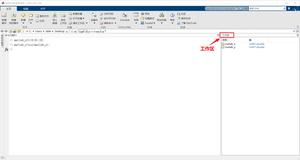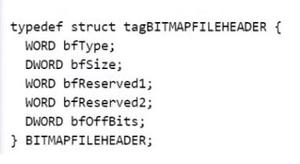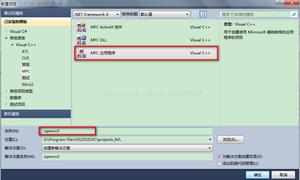Python四种逐行读取文件内容的方法

下面是四种Python逐行读取文件内容的方法, 并分析了各种方法的优缺点及应用场景,以下代码在python3中测试通过, python2中运行部分代码已注释,稍加修改即可。
方法一:readline函数
#-*- coding: UTF-8 -*-f = open("/pythontab/code.txt") # 返回一个文件对象
line = f.readline() # 调用文件的 readline()方法
while line:
#print line, # 在 Python 2中,后面跟 ',' 将忽略换行符
print(line, end = '') # 在 Python 3中使用
line = f.readline()
f.close()
优点:节省内存,不需要一次性把文件内容放入内存中
缺点:速度相对较慢
方法二:一次读取多行数据
代码如下:
#-*- coding: UTF-8 -*-f = open("/pythontab/code.txt")
while 1:
lines = f.readlines(10000)
if not lines:
break
for line in lines:
print(line)
f.close()
一次性读取多行,可以提升读取速度,但内存使用稍大, 可根据情况调整一次读取的行数
方法三:直接for循环
在Python 2.2以后,我们可以直接对一个file对象使用for循环读每行数据
代码如下:
#-*- coding: UTF-8 -*-for line in open("/pythontab/code.txt"):
#print line, #python2 用法
print(line)
方法四:使用fileinput模块
import fileinput
for line in fileinput.input("/pythontab/code.txt"):
print(line)
使用简单, 但速度较慢
以上是 Python四种逐行读取文件内容的方法 的全部内容, 来源链接: utcz.com/z/520910.html







